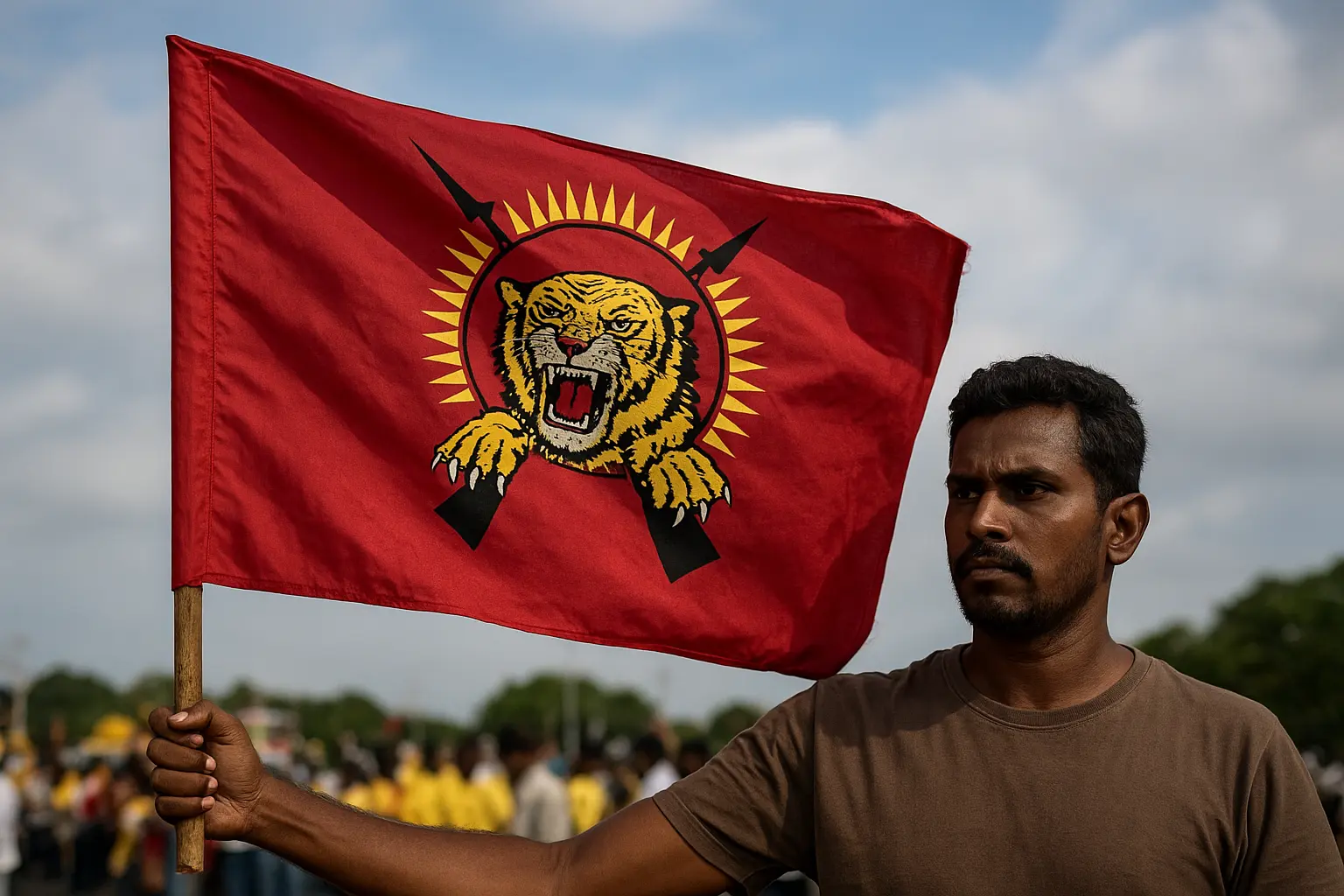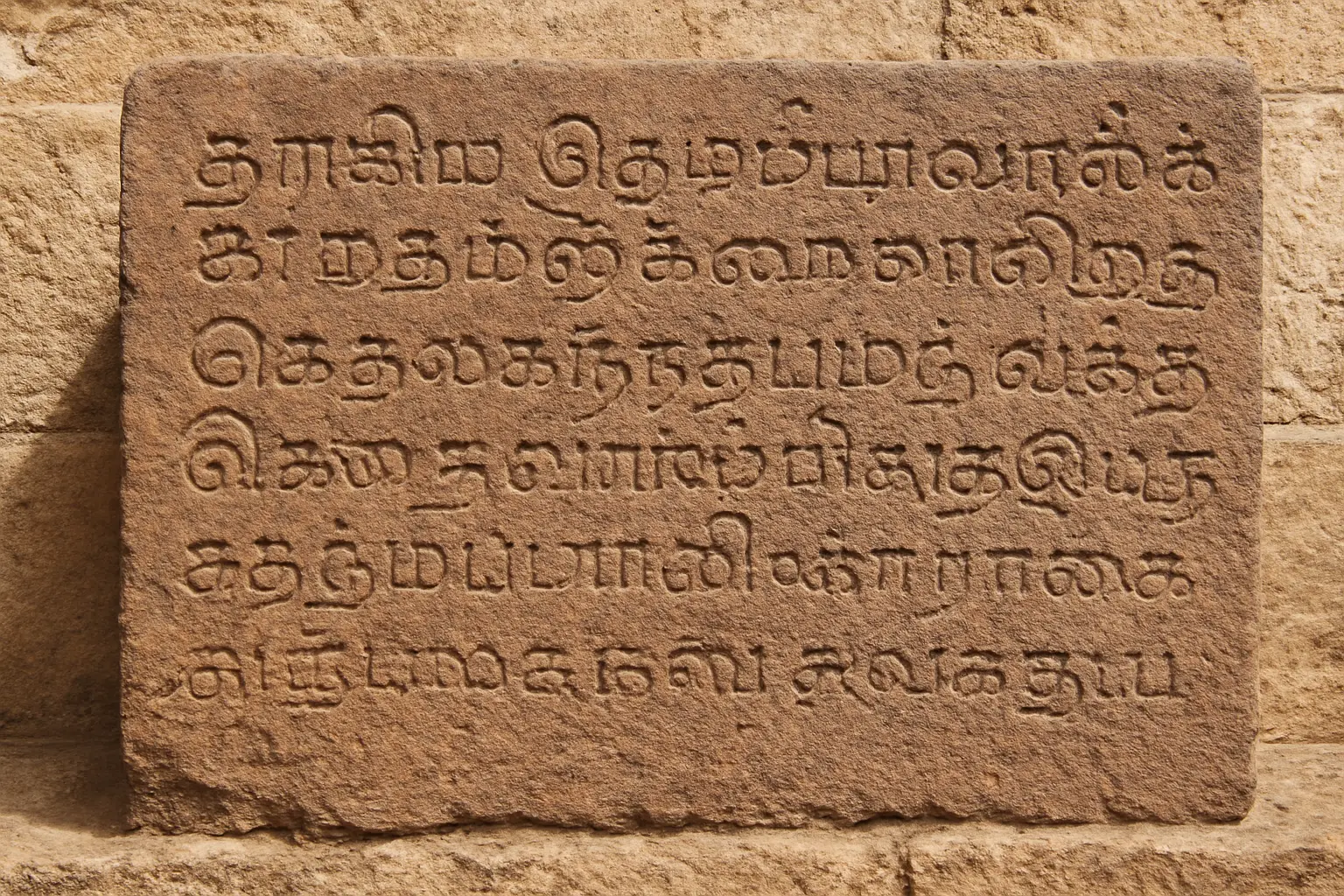The history of the Liberation Tigers of Tamil Eelam stands as one of the most scrutinized subjects in South Asian conflict studies. The LTTE operated as an armed separatist movement that sought the creation of an independent Tamil state in northern and eastern Sri Lanka. This overview examines its formation, expansion, military strategy, political engagement, internal fractures, and eventual collapse. The objective is to present a precise and analytically grounded narrative that tracks each phase of its development with accuracy and clarity.
Early Conditions and Formation
The LTTE emerged during the mid 1970s under the leadership of Velupillai Prabhakaran. The group positioned itself as a response to policies that many Tamil groups perceived as discriminatory. Standardization of university admissions, language regulations, and recurring tensions between communities produced an environment conducive to radical mobilization. The LTTE began as a small covert network that employed selective attacks against local officials and security targets. Its recruitment strategy relied on ideological discipline and a strict hierarchical structure.
Escalation After 1983
The anti Tamil riots of 1983 marked a decisive turning point. The events intensified support for separatist narratives and significantly expanded LTTE recruitment. Throughout the 1980s the group eliminated rival Tamil movements and consolidated its monopoly over the separatist cause. It adopted asymmetric warfare tactics, political assassinations, maritime operations, and suicide missions. The Indian Peace Keeping Force arrived in 1987 under the Indo Sri Lanka Accord. The LTTE rejected the accord and entered direct confrontation with Indian forces. This phase introduced a more sophisticated military posture that included coordinated ground operations and intelligence networks.
Territorial Expansion in the 1990s
During the 1990s the LTTE gained territorial control in the Northern and Eastern Provinces. The organization established administrative structures that mirrored state functions. These included local courts, revenue systems, police units, and regulatory mechanisms. The international community intensified scrutiny due to bombings in Colombo, targeted assassinations of political leaders, and documented recruitment of minors. The LTTE Navy, known as the Sea Tigers, developed a significant role in smuggling routes and maritime attacks. Parallel to these operations the LTTE invested in global fundraising networks coordinated through its diaspora.
Ceasefire and Negotiations in the Early 2000s
The 2002 ceasefire negotiated with Norwegian mediation produced a temporary reduction in violence. The agreement permitted the LTTE to operate political offices and engage in formal negotiations. Simultaneously the group strengthened its logistical infrastructure and continued covert military preparation. Internal tensions reached a critical point in 2004 when the eastern commander Karuna Amman defected with a significant portion of cadres. This split eroded LTTE operational cohesion and weakened its influence in the east.
Renewed Conflict and Final Defeat
Hostilities resumed in 2006 after a series of attacks and failed negotiations. The Sri Lankan military initiated a sustained campaign that focused on regaining territory through strategic offensives, aerial surveillance, and coordinated naval operations. The fall of Kilinochchi in 2009 marked the collapse of the LTTE’s administrative center. By May 2009 the final battles in Mullaitivu resulted in the death of the senior leadership. The organization disintegrated as a conventional force and its international networks lost operational relevance.
Post War Implications and Continuing Debates
The end of the LTTE did not resolve all dimensions of the conflict. Post war Sri Lanka has focused on reconstruction, resettlement, and economic development in previously affected regions. However, debates continue regarding accountability for wartime actions carried out by both the LTTE and state forces. International human rights organizations periodically revisit testimonies, satellite evidence, and humanitarian assessments. Tamil political groups continue to advocate for power sharing arrangements and greater regional autonomy. The long term implications of the conflict shape discussions on national reconciliation, constitutional reform, and security policy.
Analytical Significance
The trajectory of the LTTE provides a case study for understanding insurgent evolution, diaspora financing, maritime militancy, and information control. Its operational model combined military discipline with political messaging and external lobbying. The scale of the conflict and its humanitarian cost continue to influence policy learning in counter insurgency and post conflict reconstruction.
This overview presents the LTTE’s history as a structured sequence of causes, strategies, and consequences. The rise, consolidation, and decline of the movement illustrate how internal fragmentation, strategic miscalculations, and sustained state offensives contributed to its final collapse.







